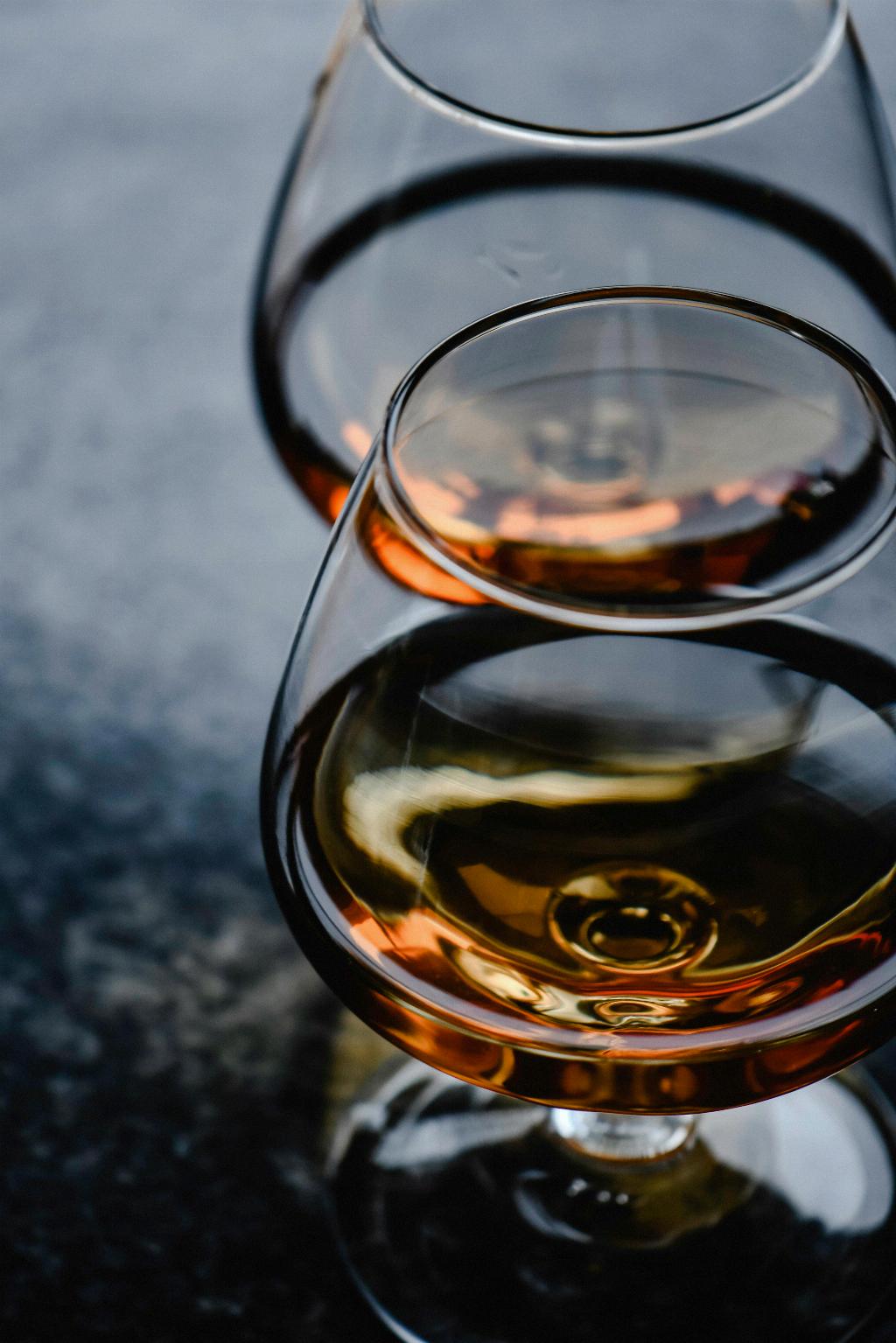When it comes to aging alcohol, the type of wood used for barrels plays a significant role in shaping its flavor and characteristics. Different woods offer distinct flavors and aromas that enhance the aging process. Let’s delve into the various types of wood commonly used for alcohol barrels.
American Oak: Classic and Versatile
American oak is one of the most widely used woods for alcohol barrels. It is known for its versatility and ability to complement a wide range of spirits, including bourbon, whiskey, and wine. The tight grain of American oak allows for a slower and more controlled maturation process, resulting in complex flavors of vanilla, caramel, and spice.
French Oak: Elegance and Nuances
French oak is highly regarded for its elegance and finesse when it comes to aging alcohol. It is commonly used for wines, brandies, and certain styles of whiskey. The looser grain of French oak allows for a more rapid interaction between the wood and the liquid, imparting delicate flavors of toasted nuts, dried fruits, and subtle hints of vanilla.
Chestnut: Tradition with a Twist
Chestnut, though less common than oak, has a long-standing tradition in some European countries. It is often used for aging spirits such as sherry, cognac, and some traditional Italian liqueurs. The porous nature of chestnut wood allows for increased oxygen exchange, contributing to a distinct oxidation process and adding unique flavors of nuttiness, earthiness, and a touch of bitterness.
Redwood: Uncommon Beauty
While not as widely used as oak or chestnut, redwood is occasionally employed for alcohol barrel production. Its natural resistance to rot and its unique reddish hue make it an attractive choice. Redwood can bring subtle flavors of sweet spice and a delicate, mellow character to spirits and wines that are aged within its barrels.
Japanese Cedar: Tradition and Intrigue
In Japan, traditional beverages like sake are often aged in barrels made from Japanese cedar, known as sugi. This choice of wood imparts a distinct minty-piney flavor, creating a fascinating interplay between the beverage and the vessel it matured in. The aromatic qualities of Japanese cedar add an element of intrigue and complexity to the final product.
Wood Selection and its Impact on Flavor
The decision to use a specific type of wood for alcohol barrels is a deliberate choice that directly affects the flavor profile of the final product. From the rich and robust flavors provided by American oak to the elegant nuances of French oak, each wood offers its own unique contribution to the aging process.
Exploring Flavors Through Wood
Whether it’s the familiar warmth of vanilla and caramel from American oak, the delicate notes of dried fruits and nuts from French oak, or the intriguing hint of minty-pine from Japanese cedar, the choice of wood allows producers to explore and create a wide range of flavors in their aged spirits.
Personal Preferences and Regional Traditions
Personal preferences and regional traditions also play a significant role in determining the wood used for alcohol barrels. Distillers and winemakers often have a keen understanding of how different woods interact with their specific recipes, allowing them to craft beverages with their desired flavor profiles.

Conclusion
When it comes to selecting the wood for alcohol barrels, the options are diverse and exciting. Each type of wood brings its own character, flavors, and aromas to the aging process. From the classic and versatile American oak to the elegance of French oak, the choices are endless. So, next time you enjoy a fine whiskey or a beautifully aged wine, take a moment to appreciate the artistry that goes into selecting the perfect wood for the barrel.
